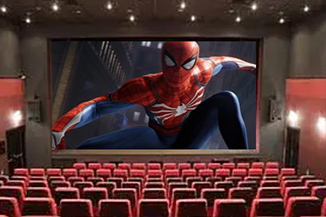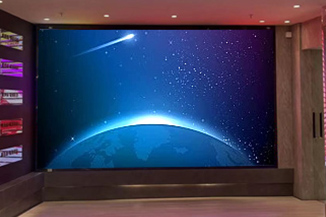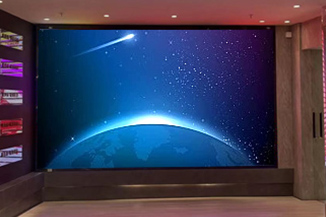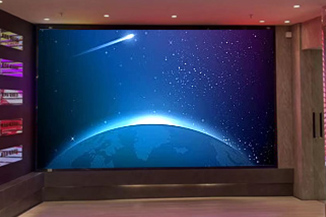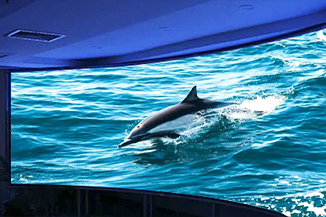Publisher: Supplier of LED Display Time: 2022-04-02 14:54 Views: 1509
With the continuous development of the economy, the application field of LED display in our life is getting wider and wider. They can be seen in door advertisements, building advertisements, exhibitions, radio and television, stadiums and other places. The LED display screen belongs to electronic products. After a period of use or failure, it is necessary to maintain and repair the screen body of the display screen. So what are the maintenance methods of LED display screens, and what are their differences, do you know? Next, the editor of LCF will tell you what methods are available.
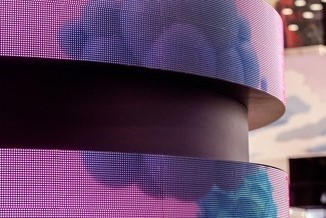
The maintenance methods of LED display are mainly divided into two types: front maintenance and rear maintenance. Before understanding the difference between these two maintenance methods, we must first understand that the choice of maintenance method is inseparable from the installation method of LED display. The installation methods of LED display screens are mainly divided into: wall-mounted installation, mosaic installation, roof-mounted installation and column-type installation.
Front maintenance: The biggest feature of front maintenance is space saving. For indoor or inlaid installation structures, space is extremely precious, so there will not be too many places left as maintenance channels. Therefore, the front maintenance can greatly reduce the overall thickness of the LED display structure, which can not only integrate well with the surrounding architectural environment, but also save space while ensuring the effect. However, this structure has very high requirements on the heat dissipation function of the device.
Rear maintenance: The biggest advantage of rear maintenance is convenience. It is suitable for large outdoor LED displays as well as roof, wall, and column types. It is convenient and efficient for inspection and maintenance. For those large LED displays installed on the exterior wall of the building, it is easier for maintenance personnel to enter and operate from the rear.
